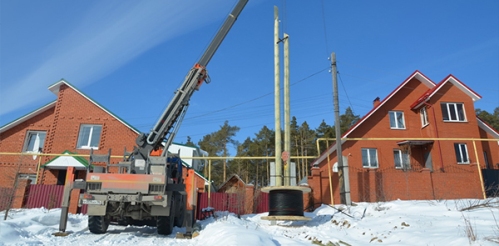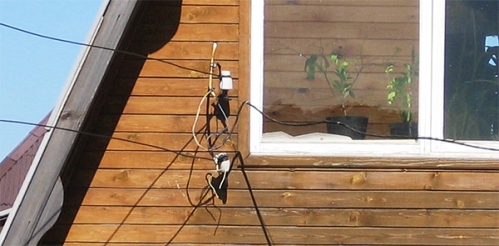Electrification of the cottage: selection of cable for the wiring device
Summer residents and gardeners are skillful and persistent people. They like to do everything with their own hands and in any business they try to do without specialists. So most of them deal with the electrification of a newly built or capitally renovated house on their own. This is facilitated by the existing system, where the management of cottage cooperatives and garden associations does not require any project documentation from their participants. In some cases, it is only necessary to obtain technical specifications and a connection permit from the electricity company.

Without special knowledge, electrical amateurs often deviate from the standards and requirements of the relevant SNiP, GOST, Electrical Installation Rules (PUE) and Fire Safety Rules. Although most summer residents, before starting work, still try to collect the necessary information and consult with specialists.This article provides recommendations on the selection of cable and cable products that may be required when arranging the wiring and electrification of a garden house.
Choosing a cable to connect to an overhead power line
In order to choose the right cable for connecting to the collective power grid on the farm, you need to correctly estimate the total power of the available or planned to purchase electrical appliances and check the result with the data in the technical specifications. The natural desire to use a wire with as large a cross-section as possible is limited by practical considerations—because of its stiffness, it will be difficult to get it into the meter.
Attention! Only an electrician of a dacha society or a representative of an electric company is allowed to connect the cable drop directly to the line conductors of the power line.
If you follow PUE standards and requirements, all other pre-connection work can be done independently. When preparing for installation and purchasing the necessary materials, it is necessary to prepare a wiring plan for the internal electrical network, determine the place of installation of the electricity meter and the method of its connection to the street power line.
To connect to linear wires of power lines by twisting, although this is prohibited by the PUE, but is practiced in most garden societies, a cable descent with aluminum monoconductors should be used.
Vented copper conductors can only be used if they are to be secured with threaded clamps.The popular self-supporting insulated conductors (SIP) are not suitable for the production of cable ducts due to excessive stiffness.

In garden and cottage cooperatives, single-phase power supply to subscribers is practiced, therefore, to introduce electricity into the house, you need to use a cable with two insulated wires. Metering of electricity used in summer cottages is done by single-phase meters.
The place of installation and the type of meter purchased must be agreed with the organization with which the calculations will be made. They may require the control device to be installed outside the house and sometimes on the nearest power pole, although there is no legal regulation in this regard.
For an external connection, more often than others, use the AVVG 2 * 16 cable attached to the cable. Two aluminum single-wire conductors in reliable PVC insulation and an outer shell made of PVC-plastic, resistant to sunlight and large temperature fluctuations.
